There can be your advertisement
300x150
How to Properly Furnish and Decorate a Large Open Space
Do you have an open-plan layout in your new home or apartment? Also known as a spacious room, this open area can be challenging to furnish and decorate. You want each zone of the large room—living room, dining area, and kitchen—to be easily distinguishable from other areas of the room. At the same time, you must understand that each area will be visible from any angle in a large room and should work both independently and together.
Furnishing a spacious room may seem like a laborious task, but when you follow these tips, you can design your new home or apartment without it looking overcrowded or forced. Here are some of the best tips and tricks for furnishing and decorating your large room.
Do you have an open-plan layout in your new home or apartment? Also known as a spacious room, this open area can be challenging to furnish and decorate. You want each zone of the large room—living room, dining area, and kitchen—to be easily distinguishable from other areas of the room. At the same time, you must understand that each area will be visible from any angle in a large room and should work both independently and together.
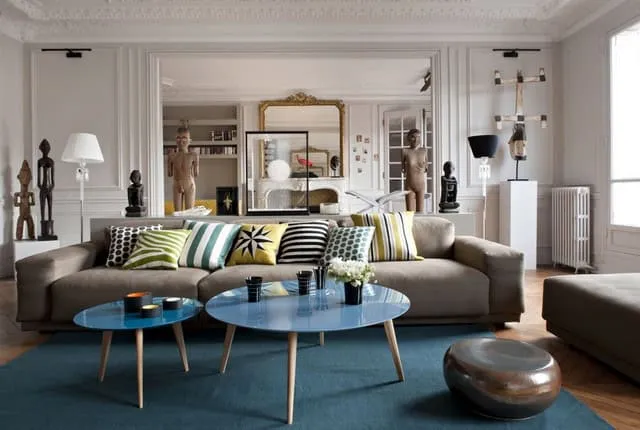
Furnishing a spacious room may seem like a laborious task, but when you follow these tips, you can design your new home or apartment without it looking overcrowded or forced. Here are some of the best tips and tricks for furnishing and decorating your large room.
Choose an Interior Style for the Entire Spacious Room
It's great to be eclectic, but if you want to combine different styles, do it throughout the space. Choosing a different interior style for each zone will give you sharp transitions that look forced if viewed as one whole in a large room.
If you don't want to stick to a specific time period, look for transitional elements instead of mixing extremes from other styles. Other more eclectic design styles include boho, shabby chic, and vintage.
Find a Common Theme
You don't have to make every room in your spacious area look the same. (In fact, you shouldn't.) At the same time, you need to have a basic common theme for the entire area. Without this consistency, transitions between zones will be too sharp and off-putting.
Your theme can be a specific color palette, season, hobby, or another topic you're interested in. Don't be afraid to use bright colors or patterns, but ensure that the overall look of your spacious room remains consistent or complementary.
You don't have to have all these design elements, but you should use at least one of these themes to unify the room. Even if you don't use the same colors in each area, you should connect all furniture elements with paintings or lighting that naturally ties these colors together.
Explore Online Furniture Stores and Choose an Online Store
You can go to a local furniture dealer to buy new furniture for your spacious room, but you'll have quite limited options and prices might not be the best. You will also surely pay for shipping, sometimes a fairly large amount. Online furniture stores give you a wider selection that you can browse without pressure in the comfort of your home. These online stores also offer better terms.
When you find furniture in an online store that you really like, check the sizes, styles, and types of home furniture you'll be choosing there. Having one common catalog to look through allows you to order all the furniture for your large room from one seller, in one order, and with one delivery.
Look for online furniture stores that offer financing, free shipping, and discounts for purchasing multiple items from a collection or brand. Look for furniture websites that also have sale sections and frequent promotional events to save even more.
This Is Your Space, Use It as You Wish
There's no reason not to adapt your spacious room to meet your needs or the family's requirements. Yes, a large room is traditionally divided into dining area, kitchen, and living room, but that doesn't mean you have to use the space exactly that way.
Be creative and design a plan that works for you and your family. Then, walk through online furniture catalogs to better understand what items you might need so everything works as you want. Some excellent ideas for space in your open-plan layout are a home office, an open play area, a corner art studio, or a reading nook.
Determine How Much Space You Need for Each 'Room' of the Open Layout
Before starting to look for furniture for your new spacious room, make sure you understand the volume of space you can allocate to dining area, living room, kitchen, or other open zones. Carefully measure each 'room' and use this data to delineate separate areas on a plan.
Whether you're drawing the spacious room and marking zones with a pencil or using a computer or mobile app, such models will allow you to alter shapes representing the actual size of furniture you want to get to ensure you don't buy too much furniture. It's very easy to overestimate the amount of space used in a spacious room.
When measuring your dining area and living room, don't forget to leave enough walkways. You should have at least 45 cm between all furniture items and appliances in the spacious room, including the kitchen. If someone in your home or frequently visiting your home needs mobility aids such as canes or wheelchairs, your pathways should be at least 90 cm wide.
Purchase Furniture from the Same Brand or Collection
The best furniture brands offer complete collections including items for different rooms in your home. These matching sets are the easiest way to get furniture that easily distinguishes zones of your home while still uniting the entire spacious room into an aesthetic whole.
Although sets match, these collections will likely not look identical in every room. Instead, furniture brands understand that people don't want their furniture to be identical. To meet the needs of this new trend, manufacturers develop collections that complement each other rather than using the same prints or colors.
More articles:
 How to Cool Down Without Air Conditioning
How to Cool Down Without Air Conditioning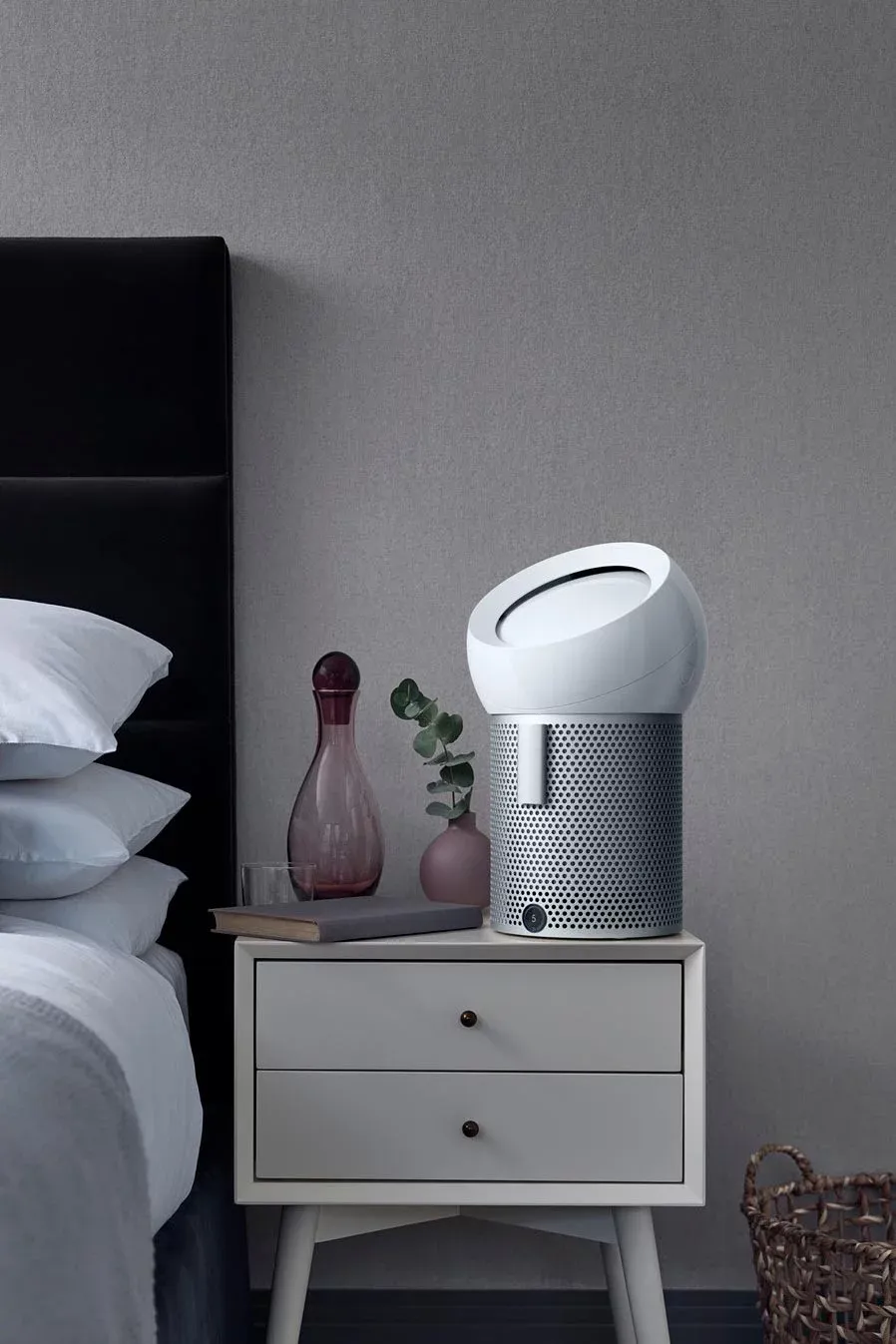 How to Cool Down Your Home Without an Air Conditioner During Hot Weather?
How to Cool Down Your Home Without an Air Conditioner During Hot Weather?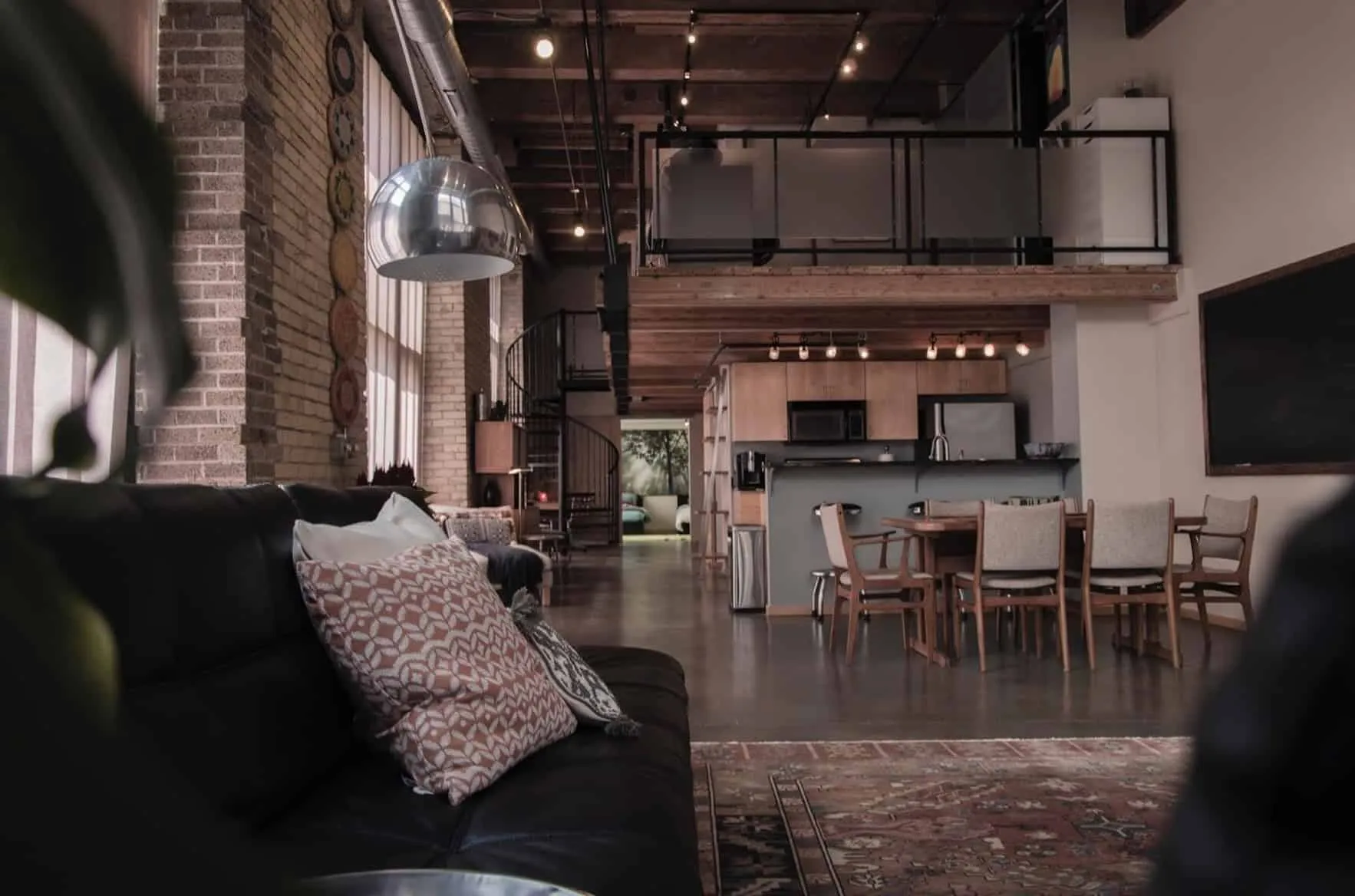 How to Properly Light an Open-Plan Layout
How to Properly Light an Open-Plan Layout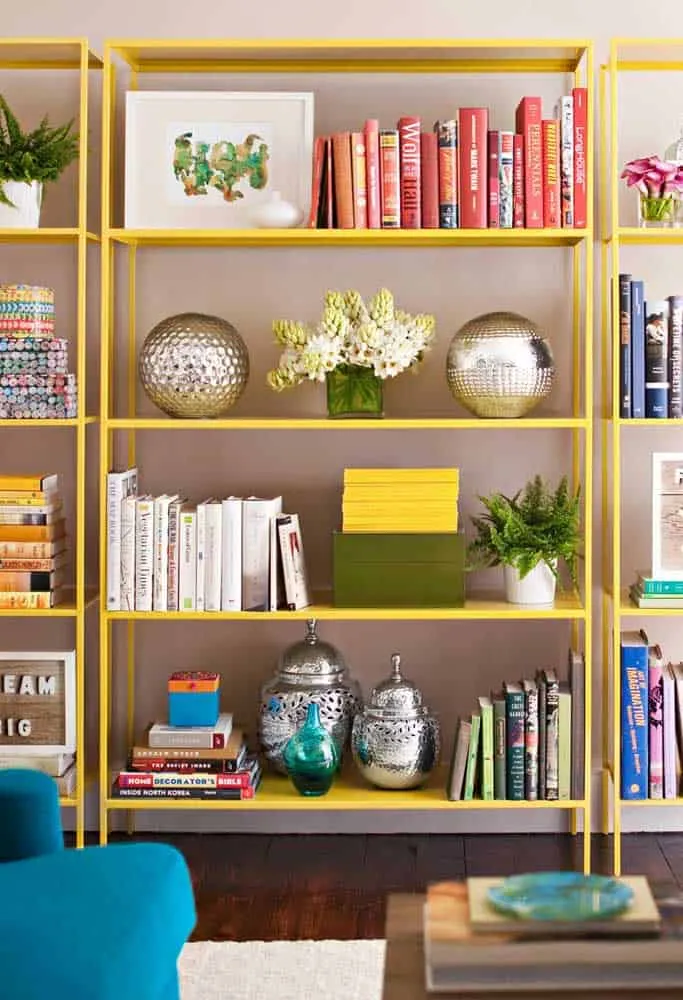 How to Combine and Use Pastel Yellow Color in the House
How to Combine and Use Pastel Yellow Color in the House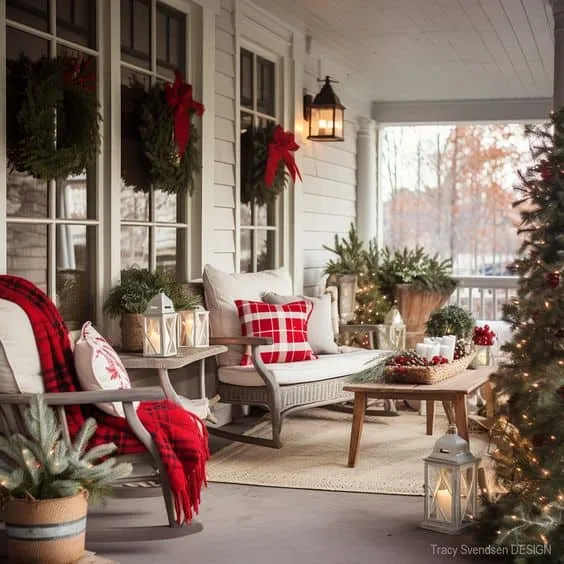 How to Make a Traditional Veranda Cozy in Winter
How to Make a Traditional Veranda Cozy in Winter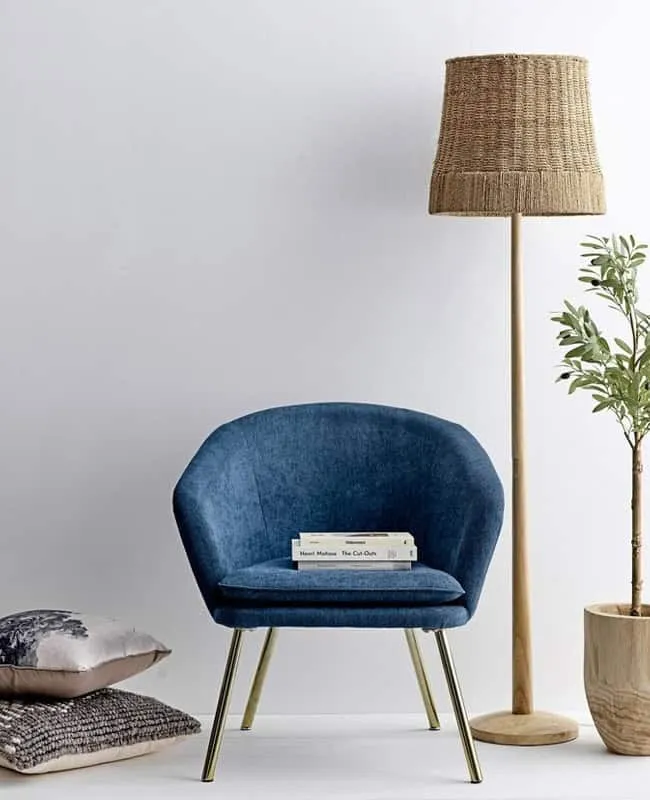 How to Create Natural Decor in the Living Room?
How to Create Natural Decor in the Living Room? How to Create a Shiny New Year Table That Will Impress
How to Create a Shiny New Year Table That Will Impress How to Create a Multi-Functional Landscape Project for the Community
How to Create a Multi-Functional Landscape Project for the Community